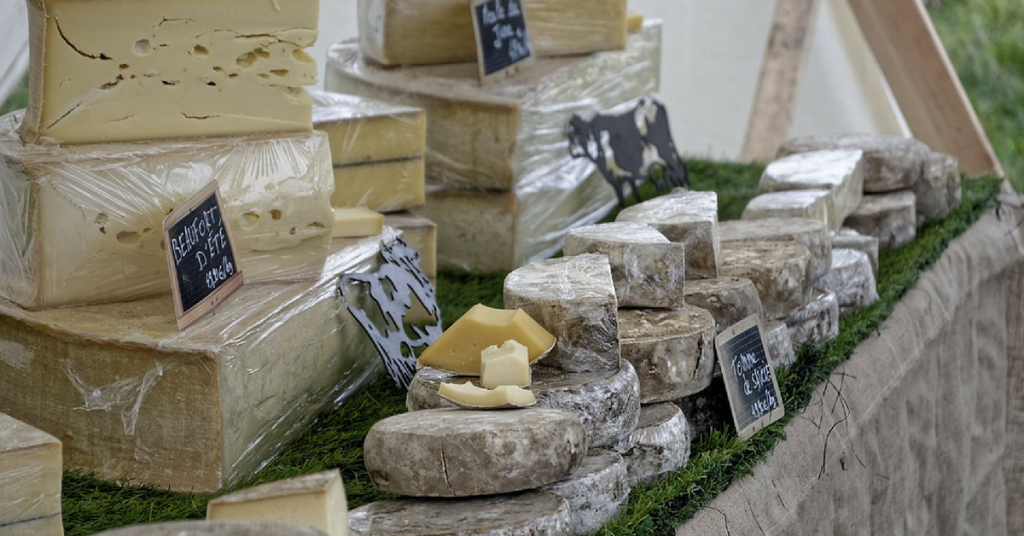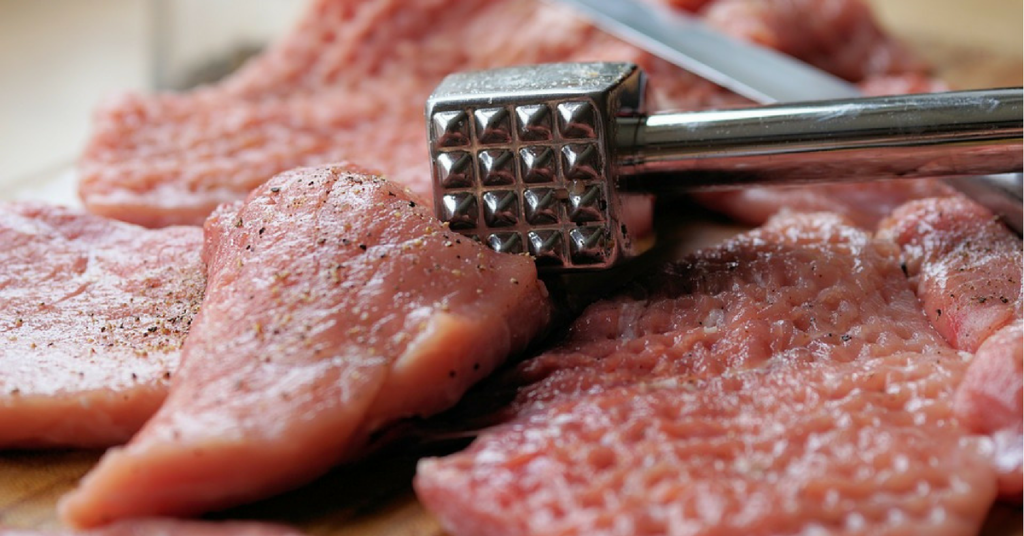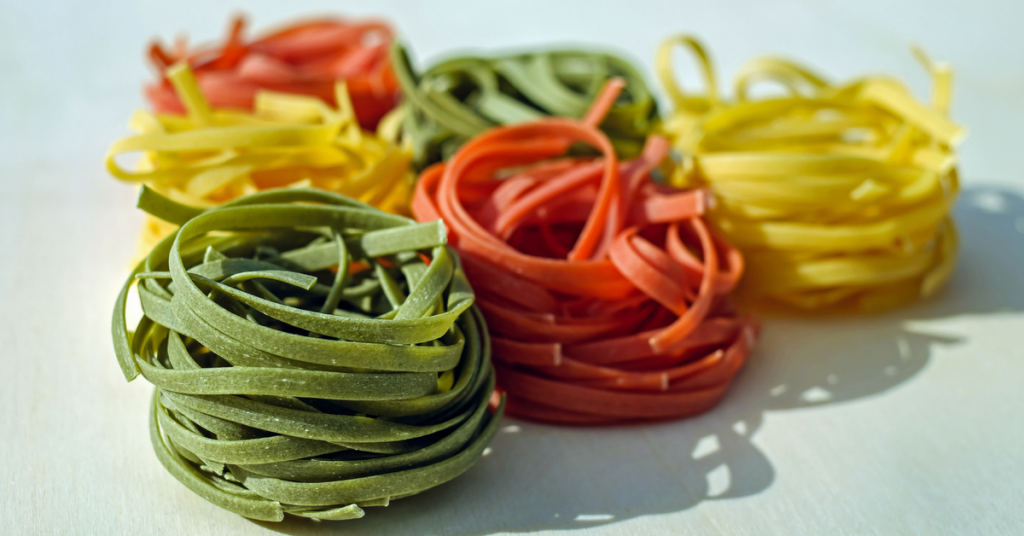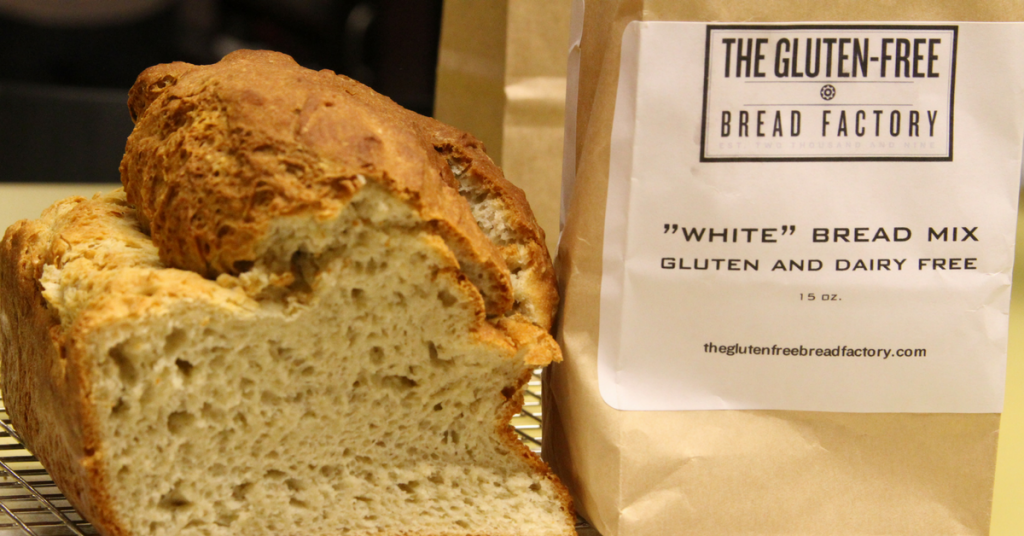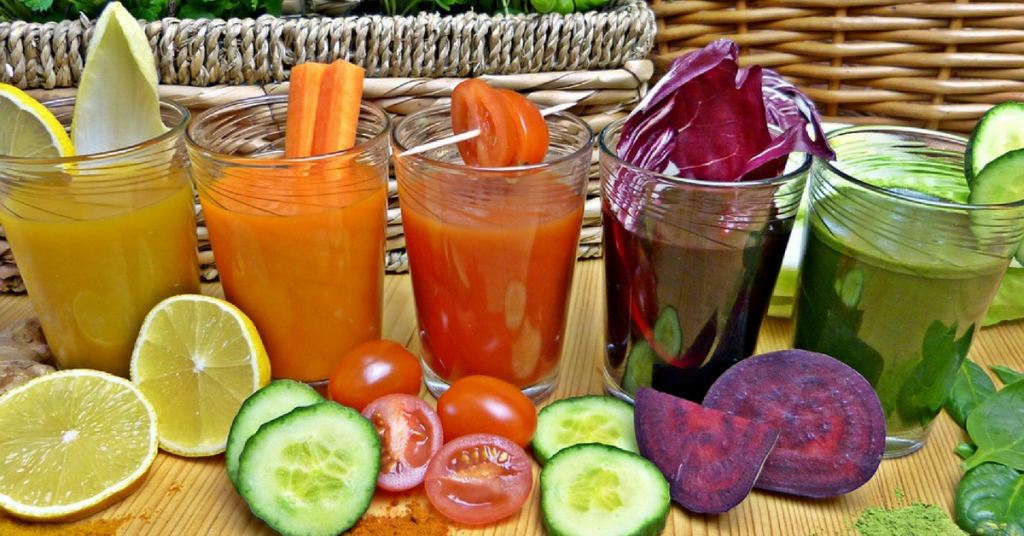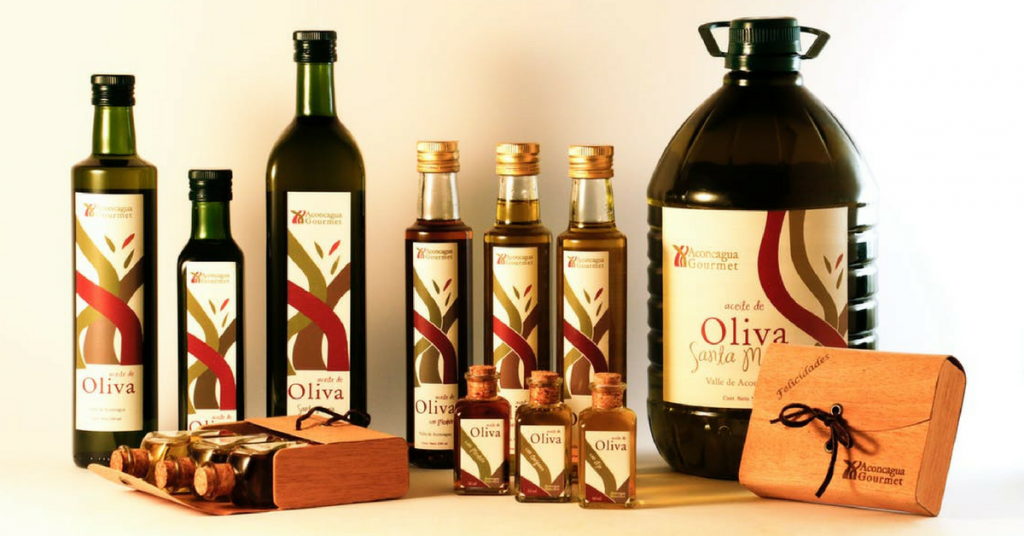Lifestyle
The Truth About Your Health Habits
Published
4 years agoon
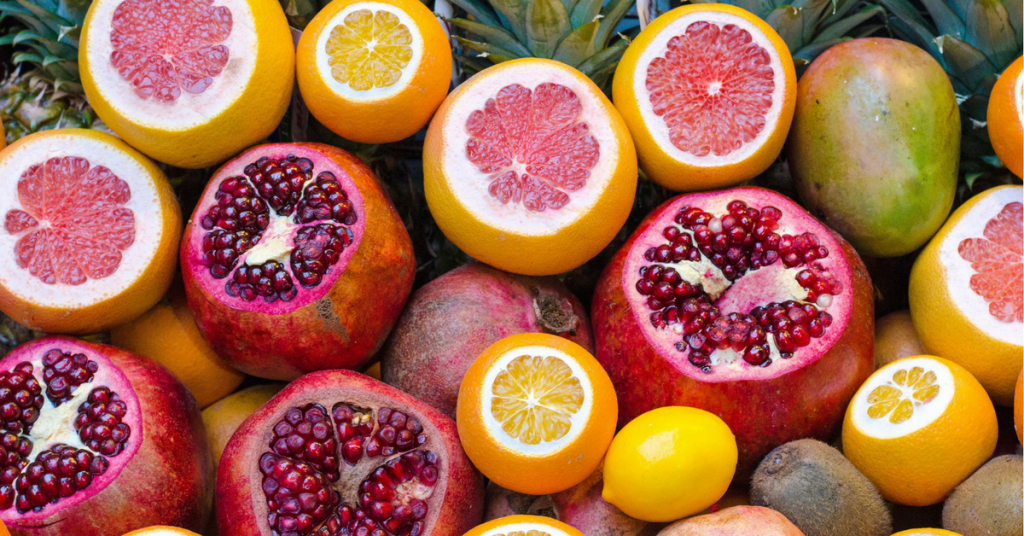
We are constantly being bombarded with news that praises some health habits one day, and disregards them the next. However, there are some health habits that industries desperately want you to believe are healthy, but have a negative overall effect on your wellbeing.
Drinking diet soda
Multinational corporations like Coca Cola and Pepsi launch ad campaigns that promote diet sodas as zero calorie sugar free alternatives to traditional soda. However, the artificial sweeteners in diet soda like aspartame and sucralose have been shown to trigger the same insulin response that sugar triggers in the body. Recently, diet soda has also been shown in increase the risk of dementia and stroke. Instead of using sugary soda to satisfy your fizzy and sweet cravings, choose drinks like Kombucha, a fermented, sweet-sour fizzy drink filled with probiotics that are great for gut health.
Taking a daily multivitamin “just in case”
Over 50% of Americans take a multivitamin supplement daily. Yet, many studies have shown that a daily multivitamin is useless, and even harmful, for healthy individuals. If you eat a variety of fruits, vegetables, and grains, a multivitamin has not been shown to prevent disease risk or extend your life. In fact, high doses of some supplements, like beta carotene, can increase cancer risk. However, taking specific supplements to plug nutritional gaps in your diet has proven beneficial. For example, people living in cold climates should take a vitamin D supplement since their skin cannot produce it without adequate sun exposure.
Consuming dairy
Humans are the only animal on earth that regularly consume the milk of another mammal, and the only mammals that consume milk after infancy. Humans in central Europe began drinking milk only around 7,500 years ago. Because it is such a recent adaptation, over two thirds of the world is lactose intolerant. Europeans may be more adapted to drink milk than people from certain parts of Africa and Asia, where nearly 100% of people are lactose intolerant, but they still suffer health consequences. Milk comes from a pregnant or recently pregnant cow, so it is filled with mammalian estrogen, in addition to antibiotics, steroids, and pus (yes, really!). Instead, choose dairy free alternatives like almond, soy, oat, or rice milk.
Eating meat
Did you know that calorie for calorie, broccoli has more protein than beef? Many people are surprised to hear that, since the meat industry spends millions of dollars on ad campaigns that try to change people’s health habits to believe that meat is a normal, natural, and healthy part of our diet. However, with the World Health Organization classifying processed meats as type 1 carcinogens (cancer causing substances), and blockbuster documentaries like “What the Health” making even the most dedicated meat eaters go plant based, the meat industry’s claims look more and more dubious by the day. The truth is that meat contains antibiotics, steroids, saturated fat, cholesterol, and hormones that wreak havoc on our gut bacteria, inflammation, and overall health. Organic meat sidesteps some of these health risks, but is not much better. Additionally, animal protein has been shown to raise IGF-1 levels in our body leading to accelerated tumor and cancer growth. Plant based sources of protein like beans, lentils, tofu, tempeh, and seitan pack as much or more protein than meat without the harmful side effects of animal protein on our bodies, the environment, and the animals.
Avoiding carbohydrates
Bread, pasta, and rice get a bad rep for being high in carbohydrates which people fear will make them gain weight. It’s true that refined carbohydrates have been shown to spike insulin levels, but brown rice, and whole wheat bread and pasta are a great source of fiber and have been shown to stabilize blood sugar levels. Whole grains can even boost the levels of good bacteria in our gut.
Eating gluten free processed foods
The recent ‘gluten free’ craze is just that, a craze. It’s one of those health habits that got out of control. Gluten is a protein found in wheat and a few other grains that gives bread its stretchy, chewy qualities. A small percentage of the population has celiac disease where avoiding gluten is essential to their health. Some double blind studies have demonstrated the existence of ‘non celiac gluten sensitivity’, but the majority of people do not suffer from it. That means that hopping on this bandwagon, if you do not have a diagnosed disease or sensitivity, is pointless and could even be harmful. Avoiding gluten in and of itself is not unhealthy if instead of wheat, you center your meals around gluten free grains like; amaranth, buckwheat, brown rice, millet, quinoa, sorghum, legumes, and vegetables. Instead, many people start buying gluten free versions of their favorite processed foods which often compensate for their lack of gluten by increasing their sugar and fat content.
Juicing your fruits and veggies
A refreshing juice of fruits and vegetables every morning seems like the pinnacle of a healthy diet. However, most juice machines separate the fiber from the juice of the produce. By removing the bulk of the fiber, the sugars from fruits hit your bloodstream more directly and cause a high and a crash that does not happen when you consume whole plant foods. The cell walls of fruits and vegetables slow down the release of sugars into your bloodstream keeping insulin more steady. Juicing does provide your body with vitamins and minerals, so there is no reason to cut it out entirely. Aim for moderation and instead of juicing your produce, try consuming it whole. If you must drink your veggies, try using a blender instead to preserve the fiber in the produce.
Consuming oils
Many people believe that ‘healthy oils’ like coconut and olive oil are an essential part of a healthy diet. However, they are calorie dense and lack a robust nutritional profile. While it’s true that olive oil contains omega-3 fatty acids, which are good for heart health, the ratio of omega 6 to omega 3 fats is more indicative of the health of fat sources, and this is where olive oil, and most oils, fail. A diet that is high in Omega-6 fatty acids but low in Omega-3 fatty acids promotes inflammation. Oils should be used sparingly, and you should adjust your health habits to consume more nuts, and seeds for your omega 3. Flaxseed are an especially high source of omega 3 fatty acids, and do not have the same health risks that animal based sources do like fish.
Aaditi Tamhankar is a student at the University of Pennsylvania Wharton School of Business. In her free time she can be found cooking healthy food, running, and watching too much Youtube.

You may like
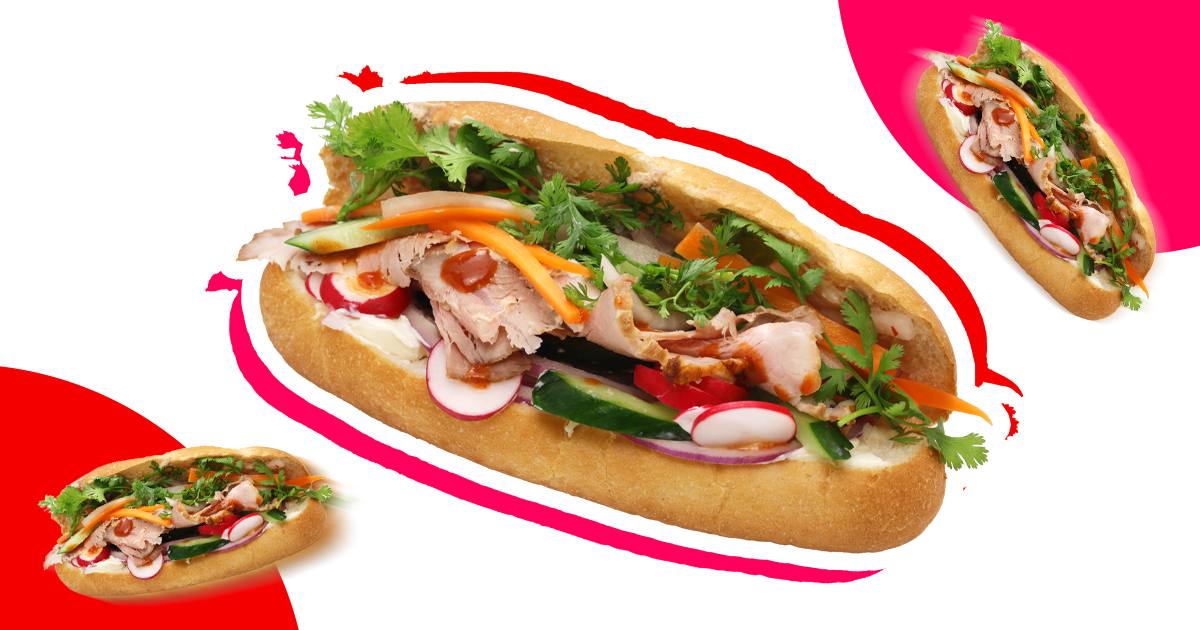
Banh Mi is a Vietnamese street food sensation that is taking Tulsa, Oklahoma, by storm. It is a fantastic cacophony of textures and flavors that will make you crave it soon after your first bite. But with so many options in and around Tulsa, how will you know which is for real? This guide will help you filter down your choices and get the best crispy baguettes bursting with flavor bombs to tantalize your taste buds.
1. Paris Banh Mi
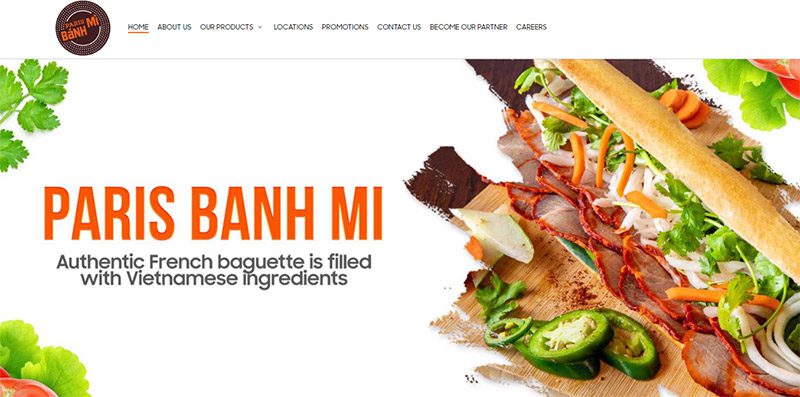
Tulsa foodies can now enjoy the best “Baguette Banh Mi” taste from Paris Banh Mi Cafe Bakery, which opened their first store in Orlando, Florida. Their French baguettes with savory fillings, pickled veggies, and fragrant herbs will hook you into coming back for more. Using only authentic ingredients and meticulous attention, Paris Banh Mi Cafe Bakery raised the bar for the Banh Mi scene in the area.
Head on over to 9311 East 71st Street to get their crusty Vietnamese perfections, which hold flavor explosions that are simply unmatched. Don’t miss out on their grand opening on March 16!
The Paris Banh Mi’s franchise is quickly growing in the United States. If you’re interested in opening a franchise, visit their franchising opportunity page for more info.
2. Lo Banh Mi Viet Hot Bread
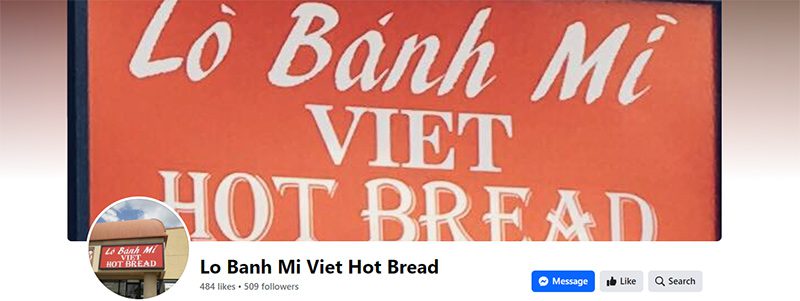
Wonderfully seasoned fillings inside crispy baguettes, you can never go wrong with Banh Mi from our second contender, Lo Banh Mi Viet Hot Bread. Located in East Tulsa, this Banh Mi haven is also home to many other delectable Vietnamese fares, which include Ga Nuong Trung (grilled chicken with fried egg), Xa Xiu (Chinese BBQ pork), and a wide array of boba and coffee drink options.
3. Banh Mi & You

Offering a wide selection of meat combinations in their Banh Mi, Banh Mi & You is a Vietnamese specialty food truck that deserves its place on this list. Their baguettes are steaming hot, and their fillings boast the perfect amount of deliciousness. If you’re looking for a culinary adventure on wheels, this is it. The only thing many foodies complain about this place is the menu, which does not have English translations. You can call their number (918) 932-0422 to find their next location.
4. Lone Wolf Banh Mi
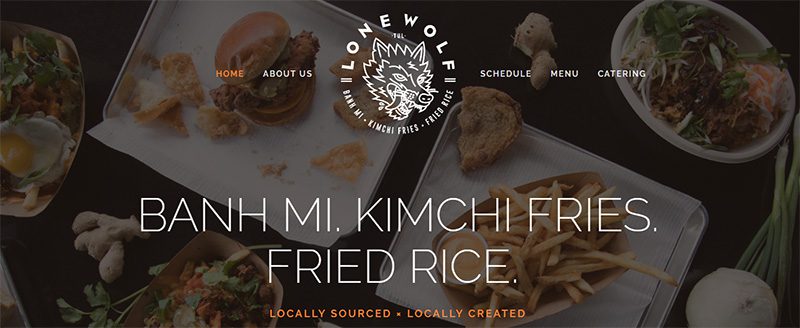
Specializing in Vietnamese food, ice cream, and frozen yogurt, Lone Wolf Banh Mi has one of the most authentic Banh Mis in the whole of Tulsa. It has an 8-inch baguette filled with English cucumber, pickled daikon and carrot slaw, jalapeño, cilantro, and many others. It is served with a side of cinnamon sugar wonton chips, which makes it even more appetizing. Also not to be missed on their menu are Kung Pao Pork, Vegan Fired Chicken, Calamari, and Blood Orange Pork Belly.
5. Project BMB (Bánh Mì Boba)
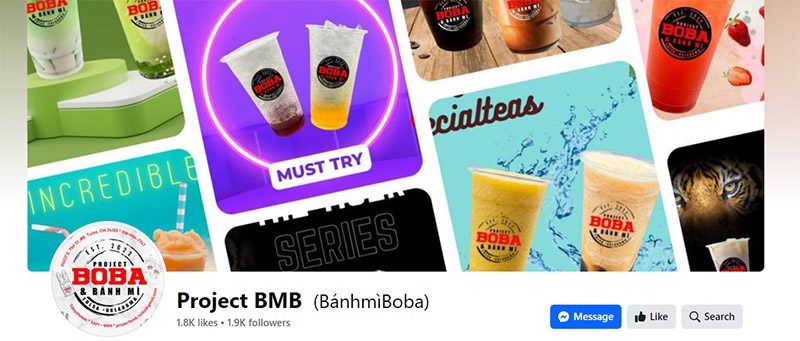
Get your Banh Mi and Boba tea fix in Project BMB (Bánh Mì Boba), located at E 71st Street. Their traditional Vietnamese sandwich goes perfectly well with their authentic boba drink from Taiwan. They brew their teas every four hours to ensure freshness each time you order. You’ll get your baguettes fresh and hot, as they make them every 30 minutes. Other popular menu fares include Grilled Pork Sandwich, Pate Bacon Vietnamese Sandwich, and Veggie Tofu Sandwich.
6. Phở V-Nam & Bánh Mì
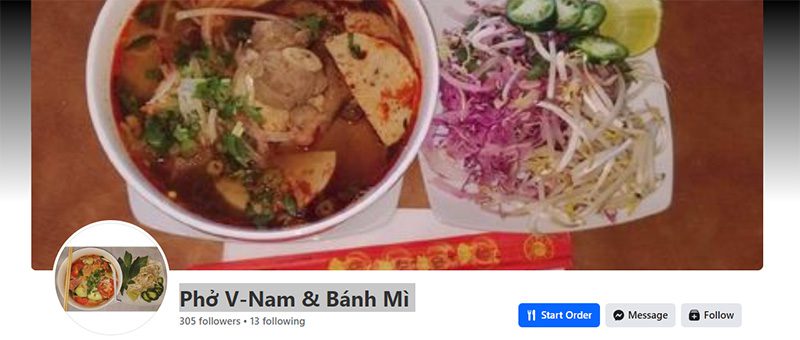
While you’ll find many positive reviews about their Pho, Phở V-Nam & Bánh Mì offers Banh Mi that would make any sandwich fanatic fall in love. It is a mouth-watering mix of a crispy exterior and fluffy interior with its fresh-baked baguette, authentic ingredients, and traditional preparation methods. You’ll enjoy its savory fillings made with grilled pork, pate, and pickled vegetables. Also on E 71st Street, this Banh Mi place in Tulsa has a friendly and relaxing atmosphere.
7. Pho & Japanese Sushi
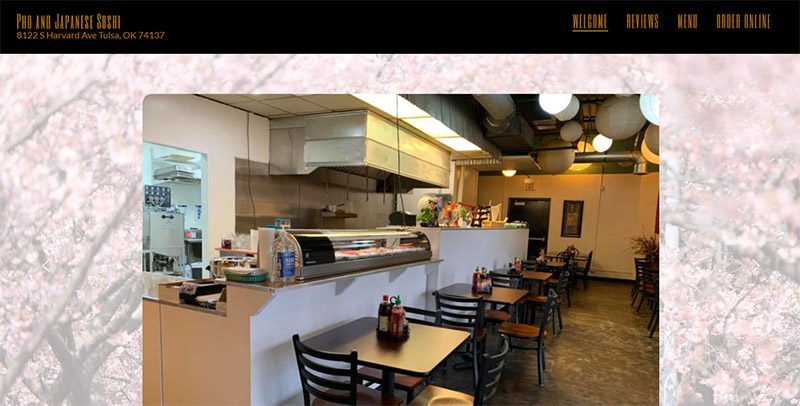
Vietnamese and Japanese cuisine are some of the world’s most delectable, and you’ll find this fantastic combination in Pho & Japanese Sushi. Their Sashimi Salad, Thai Tea, and Samurai Rolls are bestsellers, but their Banh Mi takes center stage. They are served with carrots, jalapeno, and cucumber seasoned with special Vietnamese spices. You can find them at Harvard Avenue in Tulsa.
8. Pho Nhi Vietnamese Noodle House
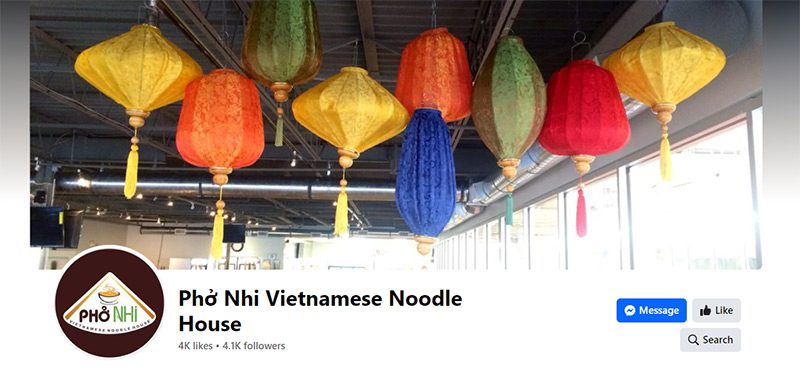
Serving a wide array of Vietnamese favorites, Pho Nhi Vietnamese Noodle House will make you feel like you’ve traveled to Vietnam. Their food is 100% authentic, and looking at the positive reviews this Banh Mi place received, you’ll instantly feel the urge to go there and try it. Crispy baguette, savory pork and ham fillings, and fresh vegetables seasoned to perfection. They are located at E 21st Street and offer dine-in services and curbside pickup.
9. Kai Vietnamese Cuisine
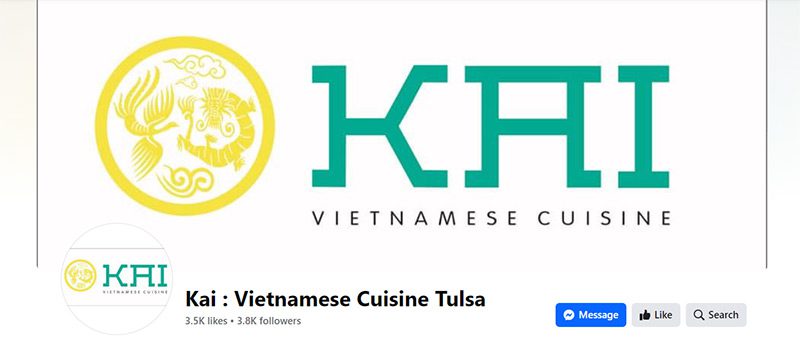
If you enjoy savoring your banh mi in an outdoor setting, Kai Vietnamese Cuisine is a must-visit in Tulsa. Served fresh always, their banh mi is a crowd favorite. Their mushroom banh mi is a standout, but so are their Egg Rolls, Bun Cha Gio, and Pho Sate, among many other awesome dishes. Located on W 5th Street, this can be your next go-to when craving authentic banh mi.
10. Pho 71

Located in Broken Arrow, Oklahoma, Pho 71 is a BanhMi place you need to visit. Their Grilled Pork and Grilled Chicken Banh Mi should be on everyone’s must-try list. Also on their menu and not to be missed are Goi Cuon Thit Nuong Pork (spring rolls with grilled pork), Com Bo Luc Lac (stir-fried beef chunks with steamed rice), and Pho Tai Nam (beef noodle soup with eye-round steak and flank).
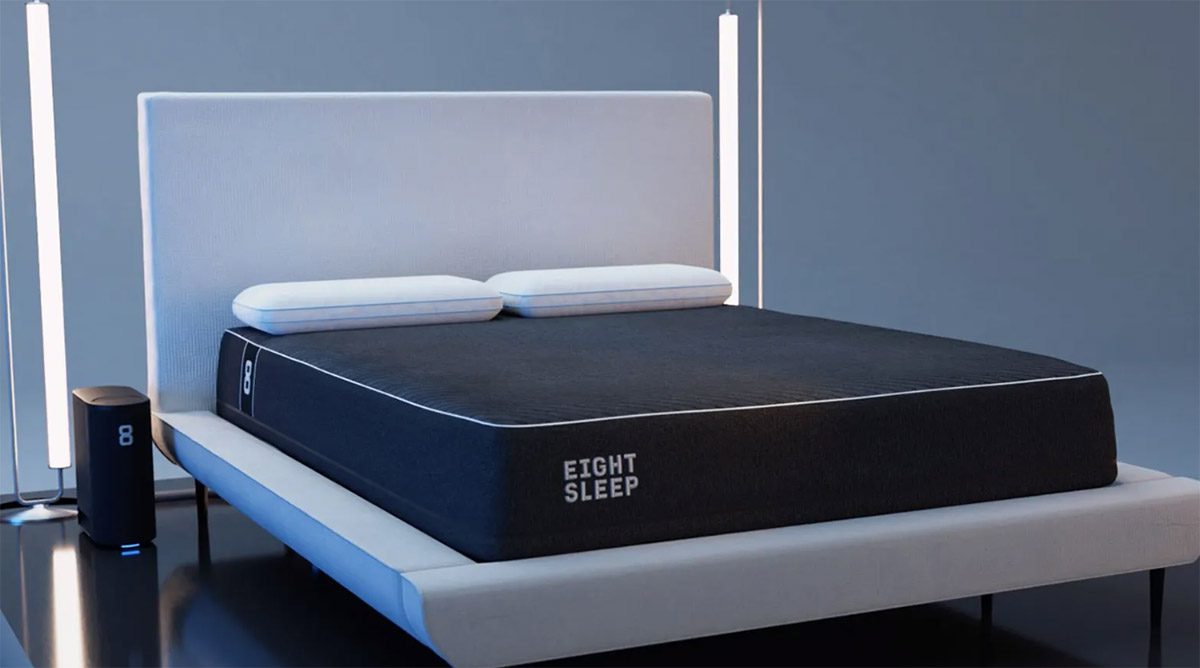
The Eight Sleep POD Mattress has plenty of unique features that would grab the attention of anyone looking for better sleep. And if you’re a tech enthusiast, you’d also want to explore its cutting-edge attributes. Promising to revolutionize rest and relaxation, let’s take an in-depth look at this marvel of a mattress.
Key Features
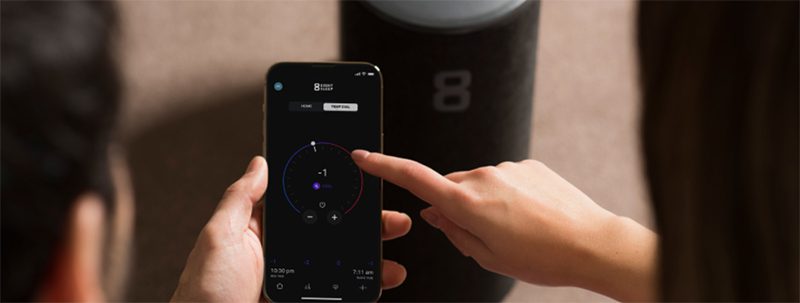
The Eight Sleep POD Mattress has the following features that would excite any tech enthusiast or someone simply looking to sleep better:
- The Intelligent Sleep System: this technology aims to provide cooling and heating regulating features to give you optimal sleep.
- Active Grid: this is Eight Sleep’s dynamic support and pressure relief feature for a more restful sleep.
- Sleep Tracking: tracks your sleep, health, and environment.
- Smart Home Integration: this feature lets you personalize your sleep experience through compatibility with other home devices.
- Smart alarms: enables you to customize a chest-level vibration-based alarm on both sides of the bed without disturbing your partner.
- Luxurious Build: aside from its incredible technology, the Eight Sleep POD Mattress has a multi-layer construction that provides support and pressure-relieving comfort. Plus, it looks classy, elegant, and sophisticated.
Support and Comfort
While the comfort and support of a mattress are subjective and will depend on personal preference, the Eight Sleep POD mattress is relatively supportive and promotes a healthy spinal alignment. It comes in two versions: the POD mattress and the POD Pro Mattress.
The POD mattress has five layers of memory foam designed for relief and support. It has a top layer that’s soft and conforming and lower layers that offer deeper support and stability. Generally speaking, this mattress is considered medium-firm.
On the other hand, the POD Pro mattress is a hybrid mattress with memory foam, latex, and coils. It gives more bounce and responsiveness than the POD mattress. It also provides good pressure relief and support and is considered a medium-plush type.
The POD cover is another layer of comfort and functionality. It is made with breathable materials with air cells that help reduce pressure points. These millions of air cells contribute to dissipating heat, which is ideal for those who sleep hot.
Temperature Regulation

With unparalleled cooling and heating capabilities in the sleep industry, the Eight Sleep POD mattress is a blessing from mattress heaven. It automatically adjusts to your ideal temperature throughout your sleep. It is taking sleep optimization to a new level with its intelligent temperature control technology.
Thanks to its POD cover, the zip-on mattress cover comes with an ingenious “Active Grid.” It is a network of water tubes connected to a central hub that serves as your thermal conductor. You can set your desired temperature for both sides of the bed to provide personalized comfort.
It has adaptive intelligence that tracks your sleep stages and body temperature in real time. It gathers data to adjust the mattress’ temperature throughout your sleep. It provides science-backed optimization to cool down during the onset of your sleep. It gradually warms up toward the morning to promote a deeper and more restful sleep.
The POD copies this natural thermal cycle to give you optimal sleep stages. The POD also considers your bedroom’s conditions and external factors such as temperature and local weather. This ensures that you sleep well despite fluctuations in room conditions.
Sleep Tracking and Insights
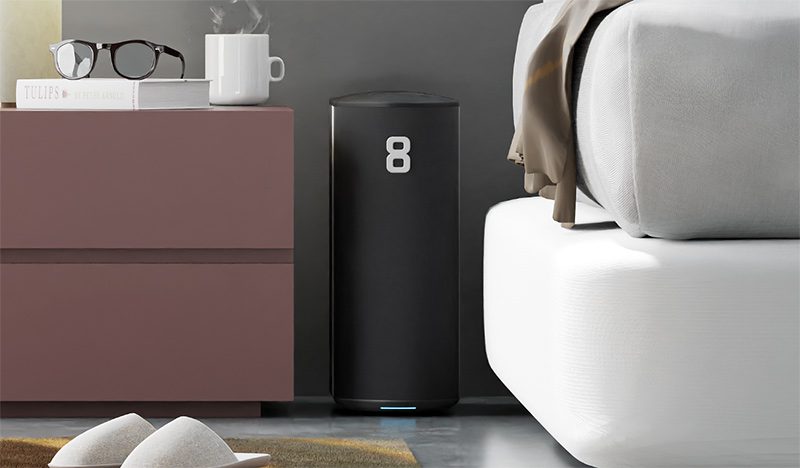
Many bed brands offer sleep-tracking capabilities, but the Eight Sleep POD mattress goes beyond the basics. It comes with sensors that capture a variety of data, which includes the following:
- Heart rate variability (HRV): to indicate your nervous system’s health and recovery.
- Respiratory rate: gives you insights into the depth of your sleep and potential sleep apnea.
- Skin temperature: can provide you insights into your body’s natural thermal regulation during sleep.
- Body movement: it tracks restlessness and sleep inefficiency.
The Eight Sleep POD mattress also has an app that provides data on your sleep stages, sleep quality score, trends, and comparisons and will give you personalized recommendations based on these. All these can help you optimize your sleep routine, improve sleep hygiene, track progress, and set your goals.
With all these capabilities, you’ll get more than just statistics. This mattress helps you gain a deeper sense of self-awareness by letting you understand your sleep patterns and how they are connected to your overall health and well-being.
Pricing and Value
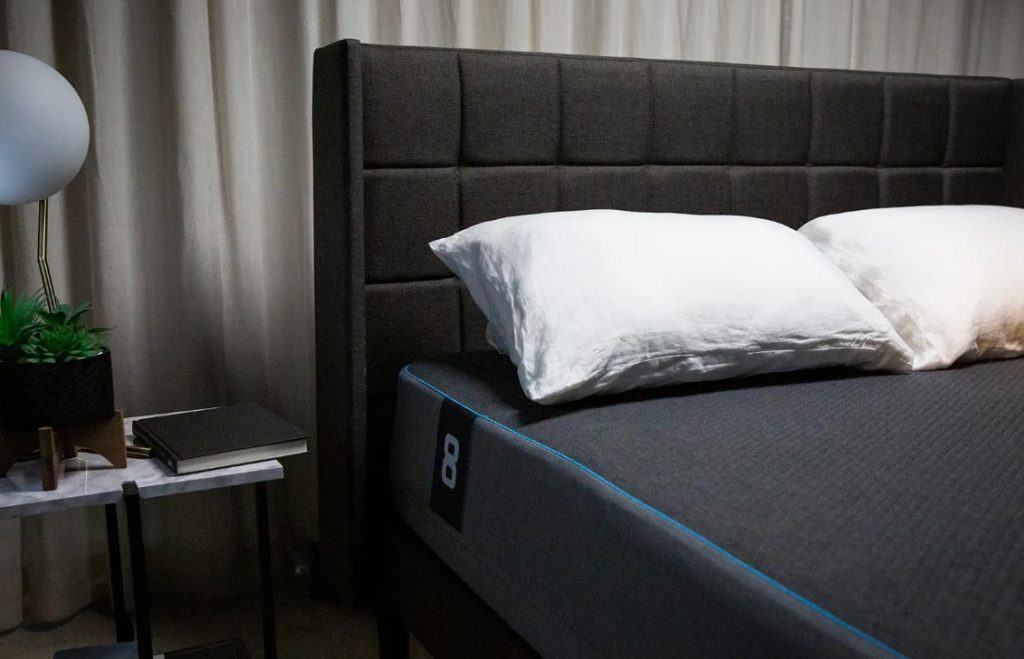
With all the Eight Sleep POD Mattress’s bells and whistles comes a premium price tag. The POD cover price starts at $2,245 for the Queen size, the POD mattress is around $3,245, and the POD Pro Mattress costs around $3,745. You can also purchase the optional 8+ Pro Membership for approximately $15 to $24 a month if you want to unlock advanced features and data insights.
Pros and Cons
Let’s take a look at the Eight Sleep POD Mattress pros and cons to help you make an informed decision at a glance:
Pros:
- Advanced sleep tracking features and insights
- Customized temperature control
- high-quality mattress
- Convenience and automation
- Health benefits
Cons:
- High price tag
- additional costs for subscription fees
- not suitable for all body types, sleep preferences, and budget
Is the Eight Sleep POD Mattress for You?

This would depend on various factors. Your needs, budget, and preferences come into play to see if this mattress is right for you. You may want to ask yourself the following questions to find out if the Eight Sleep POD Mattress is worth your while:
- Are you struggling to regulate the temperature when you sleep?
- Is deep sleep a priority for you? Do you want to optimize your sleep patterns?
- Will you be comfortable with a high-tech sleep solution with future developments?
- Have you looked at different alternatives with this type of mattress?
Final Thoughts
If you’re still in the dark about whether to get the Eight Sleep POD Mattress, you may want to take advantage of its 30-night trial period before you make your decision. It is an expensive investment, one that you might want to think about three times over. However, with its fantastic features, this might be the best sleep solution you can give yourself.
Lifestyle
Top 10 Places to Experience Food and Culinary Adventures
Published
3 months agoon
January 22, 2024By
Kai Kelis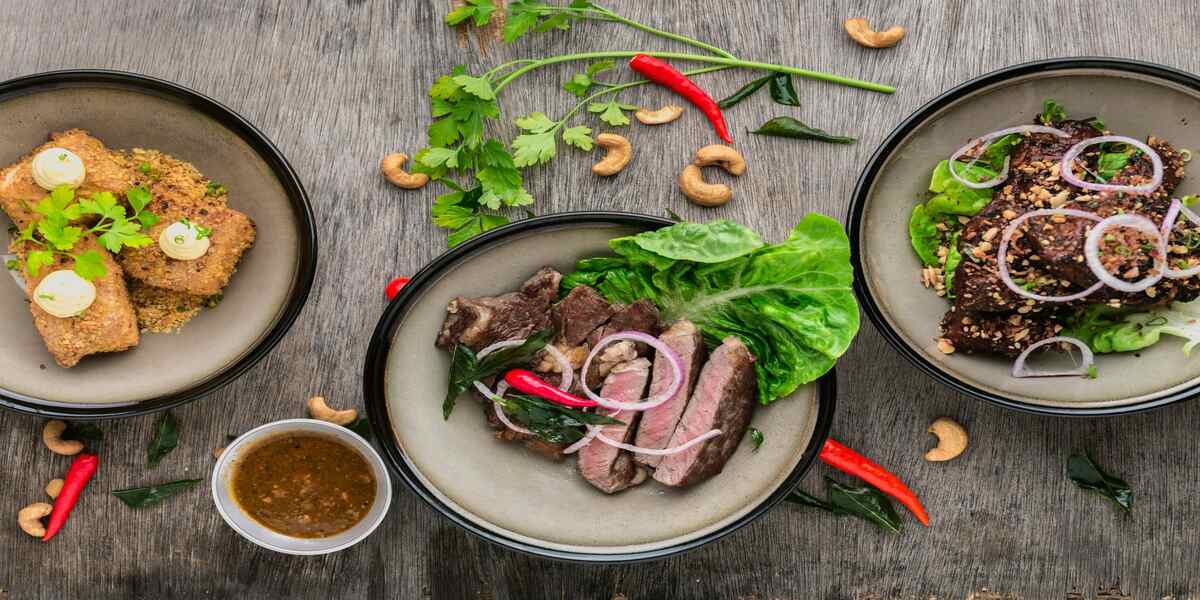
Exploring food and culinary adventures around the world can be a delightful journey for any food enthusiast. Immersing yourself in the local culture and cuisine will make your trip more memorable. Here are ten places known for their exceptional culinary experiences:
1. Tokyo, Japan
Renowned for its sushi, ramen, and kaiseki cuisine, Tokyo offers a diverse range of flavors. Visit Tsukiji Fish Market for fresh seafood and experience traditional tea ceremonies. Experience fresh and high-quality sushi at sushi bars and traditional sushi restaurants. Try nigiri (hand-pressed sushi) and sashimi (sliced raw fish). When I went to Japan, I didn’t buy a souvenir, but I spent all my money on food!
2. Paris, France
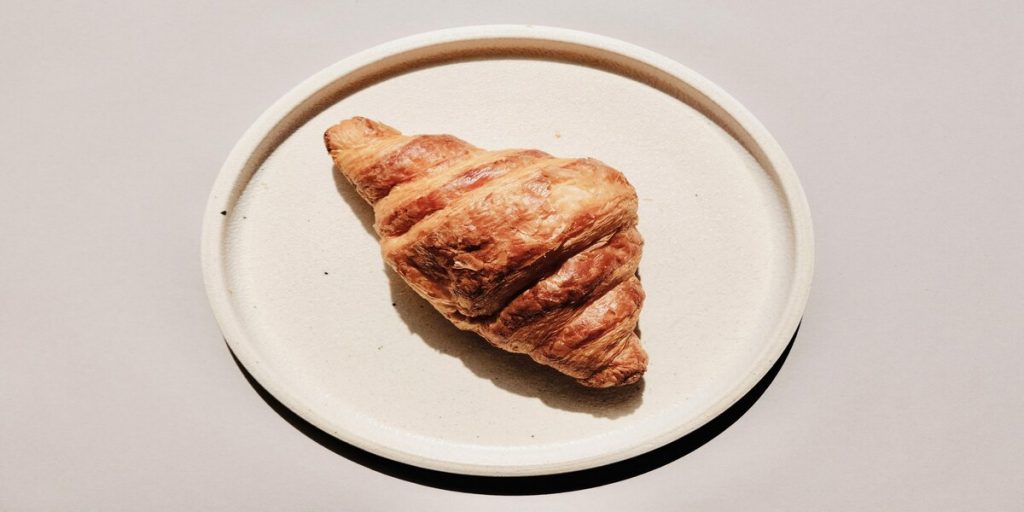
A mecca for food lovers, Paris is celebrated for its pastries, cheeses, and exquisite French cuisine. Enjoy classic croissants, indulge in escargot, and savor world-class wines. Indulge in Paris’s iconic Croissant. It’s crispy on the outside, buttery and flaky within, and an exquisite pastry is a symbol of French culinary excellence. Whether enjoyed plain or filled with chocolate, almonds, or ham and cheese, savoring a croissant in Paris is an essential and delightful gastronomic experience.
3. Bangkok, Thailand
Thailand’s capital is a street food paradise with vibrant markets. Don’t miss trying Pad Thai, the iconic street food dish in Bangkok, Thailand. This flavorful stir-fried noodle dish combines rice noodles, shrimp, tofu or chicken, bean sprouts, and peanuts, all seasoned with a perfect blend of tamarind, fish sauce, and chili—a delicious taste of Bangkok’s vibrant culinary scene in every bite.
4. Barcelona, Spain
Barcelona’s food scene blends traditional Catalan dishes with avant-garde culinary creations. Visit La Boqueria market and try tapas, paella, and churros. In Barcelona, indulge in the iconic dish, paella. Bursting with saffron-infused rice, seafood, and meats, this Spanish culinary masterpiece captures the essence of Mediterranean flavors. Savor the rich and aromatic combination of ingredients, reflecting Barcelona’s vibrant culture and warmth in every delicious bite.
5. Marrakech, Morocco
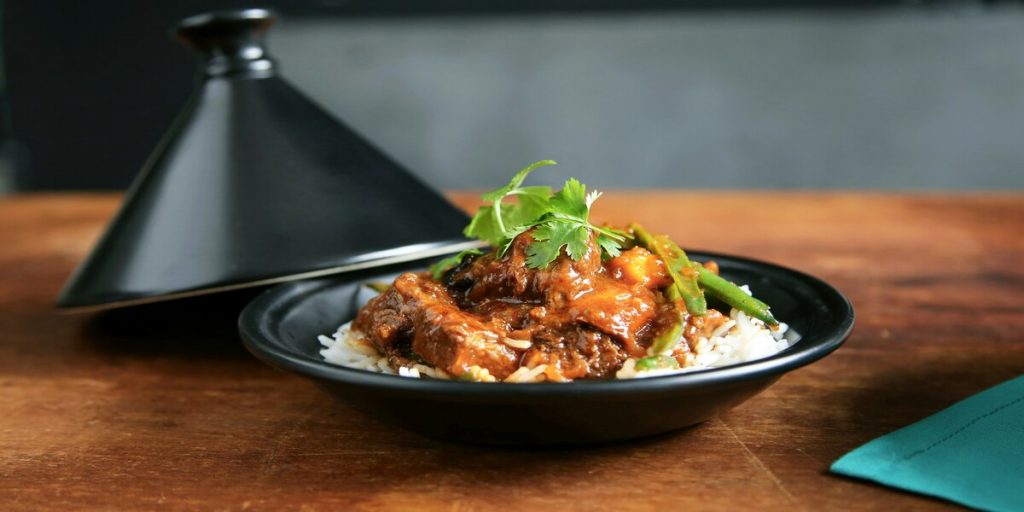
Immerse yourself in the spices and flavors of Moroccan cuisine. Explore the souks for tagines and couscous, and indulge in mint tea and pastries. Don’t miss trying the iconic tagine—a slow-cooked stew traditionally prepared with succulent meats, aromatic spices, and a blend of fruits or vegetables. Served in a distinctive cone-shaped earthenware pot, tagine embodies Moroccan cuisine’s rich flavors and culinary artistry, providing a truly authentic dining experience.
6. Oaxaca, Mexico
Known as Mexico’s culinary heart, Oaxaca offers various authentic dishes, including mole, tlayudas, and chapulines (grasshoppers). The must-try dish is Mole Oaxaqueño, a rich and complex sauce made from chili peppers, chocolate, and various spices that coats tender meat (often chicken or turkey). The result is a symphony of flavors, showcasing the region’s culinary artistry and vibrant cultural heritage.
7. New York City, USA
NYC is a melting pot of diverse culinary influences. From street food to Michelin-starred restaurants, explore various cuisines, including bagels, pizza, and food truck delights. Enjoy a New York slice, a classic pizza featuring a thin, foldable crust topped with tomato sauce and gooey mozzarella. Whether enjoyed from a corner pizzeria or a renowned establishment, the New York slice reflects the city’s rich culinary heritage and diverse flavors.
8. Hanoi, Vietnam
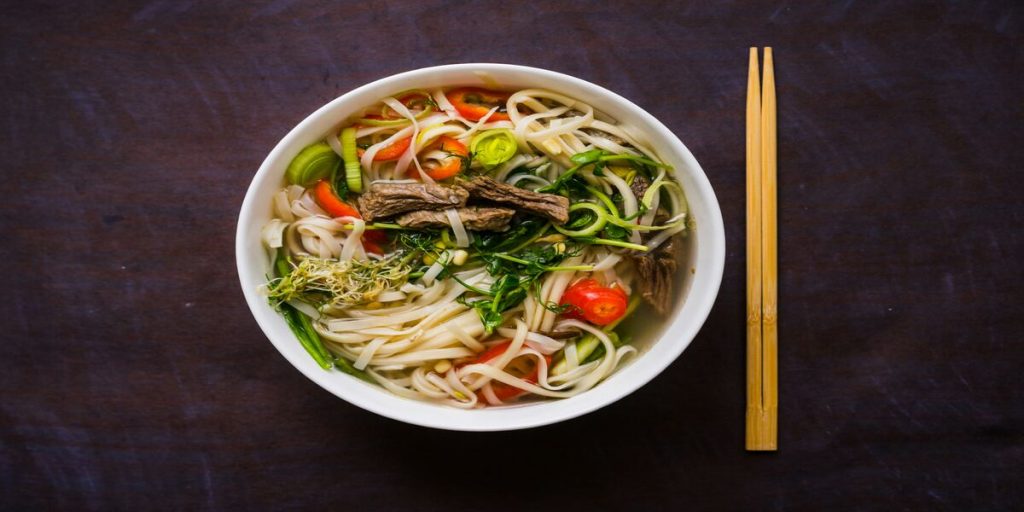
Hanoi is celebrated for its street food culture. Try pho, banh mi, and egg coffee while exploring the bustling markets and local eateries. Don’t miss trying pho, the iconic Vietnamese noodle soup. Savor the rich, aromatic broth infused with herbs and spices with flat rice noodles and tender slices of beef or chicken. Pho is a flavorful culinary masterpiece that captures the essence of Vietnamese cuisine in a single bowl.
9. Bologna, Italy
As the birthplace of Bolognese sauce, Bologna is a haven for pasta lovers. Enjoy authentic Italian dishes, including tortellini, ragu, and regional cheeses. Try the iconic Bolognese sauce, locally known as Ragù alla Bolognese. Savor the rich, slow-cooked meat sauce traditionally paired with tagliatelle pasta. This hearty and flavorful dish is a culinary masterpiece, showcasing the region’s dedication to authentic and soul-satisfying Italian cuisine.
10. Istanbul, Turkey
Istanbul’s culinary scene reflects its rich history. Savor kebabs, mezes, and Turkish delights while exploring the city’s vibrant street food culture. Istanbul’s must-try culinary delight is the “Iskender Kebab.” This iconic dish features thinly sliced döner kebab meat, lavash bread, yogurt, and a smoky tomato sauce. The combination of flavors and textures creates a mouthwatering experience, making Iskender Kebab a must-try for anyone exploring the vibrant food scene in Istanbul, Turkey.
Final Words
These destinations offer delicious local cuisines, unique culinary traditions, and cultural experiences. Whether you’re a fan of street food or haute cuisine, these places provide a gastronomic adventure that is sure to satisfy your taste buds and leave lasting memories.

Unlimited Graphic Design Companies Of 2023 + Promo Codes (Updated)

10 Best Banh Mi Restaurants In and Around Tulsa

99Designs: An Honest Review From a Non-Designer

Graphics Zoo Review: Is this unlimited graphic design service worth it?

5 Highest Rated Design Services Used by Big Brands & Agencies

The 3 Best Graphic Design Services to Try in 2024



